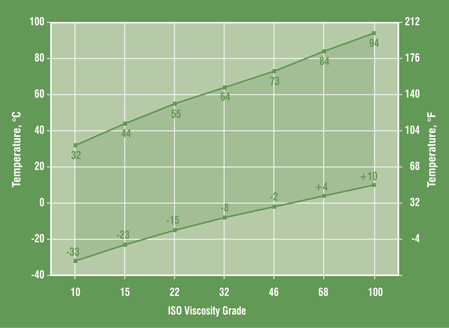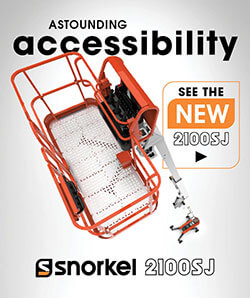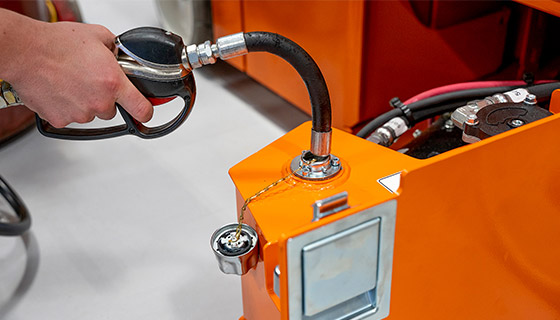This article will provide guidance on maintaining hydraulic fluid cleanliness. The charts in this article show several scenarios ranked by severity. Each level is determined by examining the PPM levels detected through the fluid analysis findings. These are a few examples of fluid contamination or mechanical failure scenarios. General knowledge of all components on the machine is required.
Snorkel products may operate on different fluid viscosities depending on what region the machine is operated in. Not all hydraulic fluid is suitable for use in our hydraulic system. Some have poor lubricating characteristics and may increase component wear. Only use hydraulic fluid that is recommended for your regional climate. It is recommended to keep hydraulic fluid within 100°F (38°C) of the ambient temperature where the machine is being operated.
While there is no single ISO rating that is best for all aerial lifts, all Snorkel lifts are typically delivered with ISO 32 hydraulic fluid as standard for its ability to operate in a majority of climates in temperatures as low as 0° F (-17° C). Reference the chart below to help determine the correct fluid necessary for your regional climate. For special applications, it is best to contact the Snorkel Service Department for guidance at 1-800-255-0317.

It is recommended that with all fluid contamination and/or mechanical failures, a fluid sample should be taken and sent in for analysis. (Refer to: TCB 22.017 for more information on fluid sampling.) A few situations that could be contributing factors to contamination may be;
- High loads, pressures or speeds
- High temperatures
- Low temperatures
- Wet environment
Below is a chart representing potential contamination or component failure and some recommended actions. The list below is only a sample and should not be considered a comprehensive list.
HYDRAULIC FLUID CONTAMINATION RECOMMENDED ACTIONS | ||
Contamination Priority | Potential Contamination | Recommended Actions |
Normal (Level 1 Action) |
|
|
Abnormal (Level 2 Action) |
|
|
Severe (Level 3 Action) |
|
|
Normal – Equipment, contamination and fluid conditions are within an acceptable range. No other steps are required.
Abnormal – Conditions are present that may require monitoring or diagnosis to minimize impact on equipment and lubricant performance. Refer to level 1 & 2 action for possible corrective actions.
Severe – Conditions exist that exceed acceptable limits or require corrective action. Steps should be taken to confirm and correct the condition. Refer to level 3 action for possible corrective actions.



